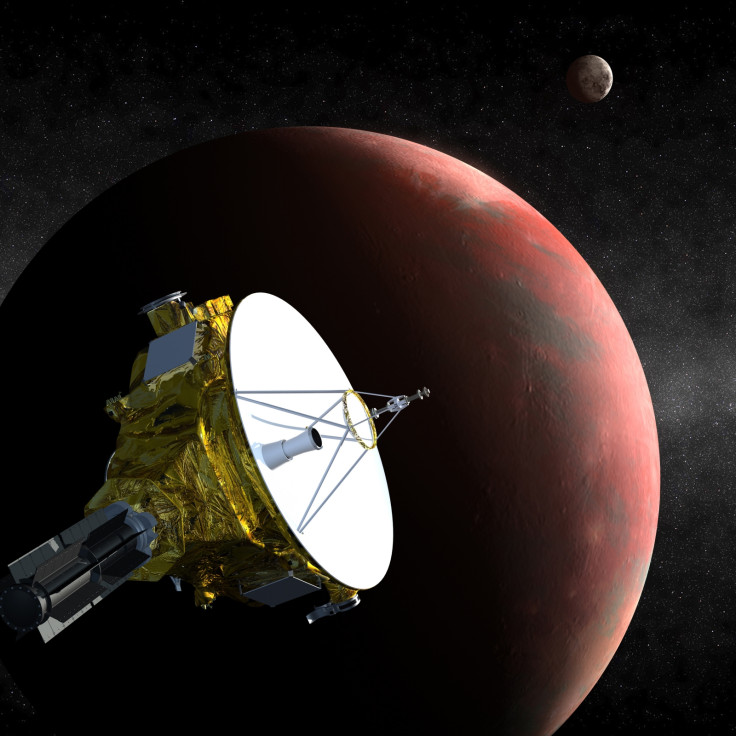Nasa spacecraft New Horizons nears final leg of historic nine year mission to Pluto

A Nasa probe which has travelled more than three billion miles on a nine-year journey is to begin sending back pictures of mysterious and icy Pluto today.
The New Horizons spacecraft is still more than 100 million miles from Pluto, with the first pictures expected to show little more than bright dots, but the photos will help keep the probe on track for a flypast in July.
"New Horizons has been a mission of delayed gratification in many respects, and it's finally happening now," project scientist Hal Weaver of Johns Hopkins University's Applied Physics Laboratory told AFP.
"It's going to be a sprint for the next seven months, basically, to the finish line," he said Friday. "We can't wait to turn Pluto into a real world, instead of just a little pixelated blob."
New Horizons awoke from a hibernation period in early December, and scientists have spent weeks preparing it for the final approach to Pluto, which is 4.67 billion miles from Earth.
When New Horizons, which is the size of a small grand piano, nears Pluto it will be travelling so fast that it will not be able to enter into the planet's orbit, but will hurtle past it.
With recording instruments functioning at different distances, Nasa needs to chart the craft's route with exactitude in order to gather all of the data.
The craft's closest approach to the planet is scheduled for 14 July at 11.50 GMT, when New Horizons will pass Pluto roughly 7,700 miles from the surface.
It is classified now as a 'dwarf planet', and will be the first time probes have come so close to the 2,300 km wide ice covered rock.
Andy Cheng, the principal investigator on the probe's main camera, which is called LORRI, told the BBC that the images taken by New Horizons could offer vital insights into dwarf planets, which are the most numerous planetary class in the solar system.
"The most recent surprise we had was with the Rosetta mission. Hubble had made a 'shape model' of Comet 67P but no-one expected it to look like a rubber duckie," he told BBC News. "I am more than hopeful that we will get similar surprises with New Horizons - it's what we should expect."
After the flypast, New Horizon is scheduled to travel to the Kuiper Belt, an icy region beyond the main planets of the solar system, which some believe may contain thousands of Pluto like entities.
© Copyright IBTimes 2025. All rights reserved.






















